Reuniting Fish And Forest
#Riverwoods
In many river catchments, Scotland’s wild salmon are in freefall. While scientists frantically search for answers to a complex issue, restoring native woodland and reigniting natural processes in upland rivers, could deliver benefits for both fish and people.

Glen Banchor is a familiar Highland landscape. Brimming with drama, its seemingly endless heathery hills echo to a soundtrack of roaring stags and chattering grouse. Yet far below the craggy peaks, there’s a secret hidden in the rushing waters of the River Calder. Carving its way across a gravelly floodplain before cascading through sculpted gorges towards the village of Newtonmore, the Calder is an upland tributary of the globally renowned River Spey. Salmon anglers from far and wide fish the Spey and many of its tributaries, but their prize is under threat. Atlantic salmon are in hot water.
For millennia, Scotland’s salmon have lived not only in the rivers but also in the forest. And in the soil that spawns the forest. And in the predators, scavengers and even herbivores that live in the forest. The King of Fish is not only the ultimate angler’s prize, but a key element in an intricate cycle of birth, death, decay and regeneration; a building block in a vibrant living system and all the life it supports.
But in return, salmon need the support of a rich and diverse landscape that stretches far beyond the banks of the river. Over centuries, the loss of Scotland’s natural woodlands has profoundly changed its river catchments and their ability to support the salmon runs that once flourished.

Like so many of Scotland’s upland river catchments, the Calder is largely devoid of its natural woodland and complex vegetation communities.
Salmon need cold water and in a changing climate, river temperatures are rising across much of Scotland. The salmon are crying out for the trees that once shaded and nourished them. Here in Glen Banchor where salmon numbers have been falling more than in other rivers, those cries are being heeded.
“The lack of woodland alongside the Calder could be a critical factor in it producing fewer young fish than it should do,” says Penny Lawson, Project Officer for the Spey Catchment Initiative (SCI). “Trees don’t just provide shade and shelter for the fish; they actually help shape the river and the processes that govern it.”
The fine gravels in which salmon lay their eggs are now absent from long stretches of the Calder. Without the complex woodland mosaics that once absorbed rainfall and helped slow the water, flash flooding can wash away everything but the uniform boulders and cobbles, which now carpet the riverbed.
The Calder is just one of a growing portfolio of innovative river restoration projects across Scotland. Rivers that have been straightened are being re-meandered; rivers that have been de-wooded are bring re-wooded, while others are being reconnected to their floodplains.
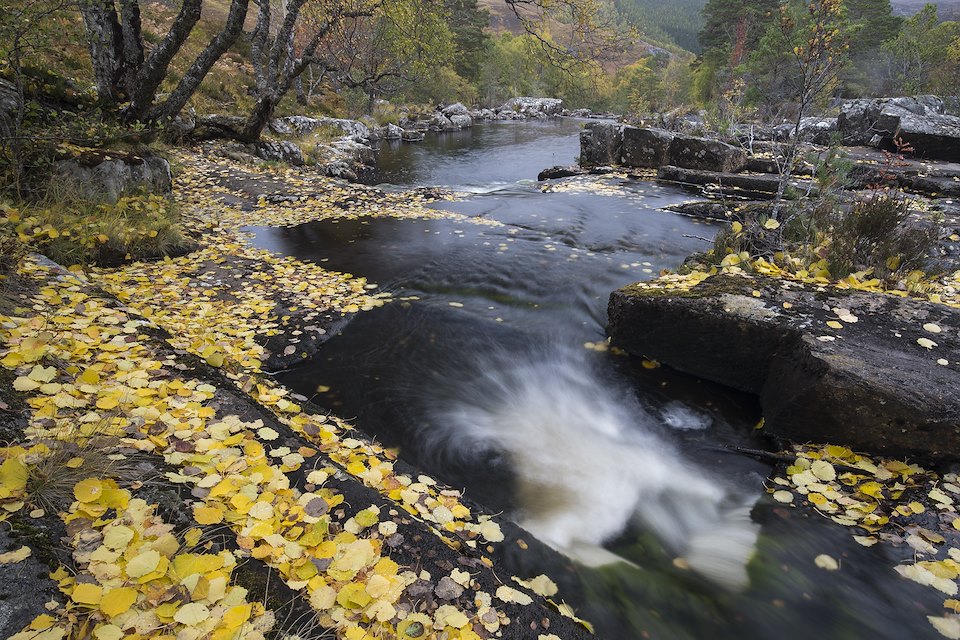
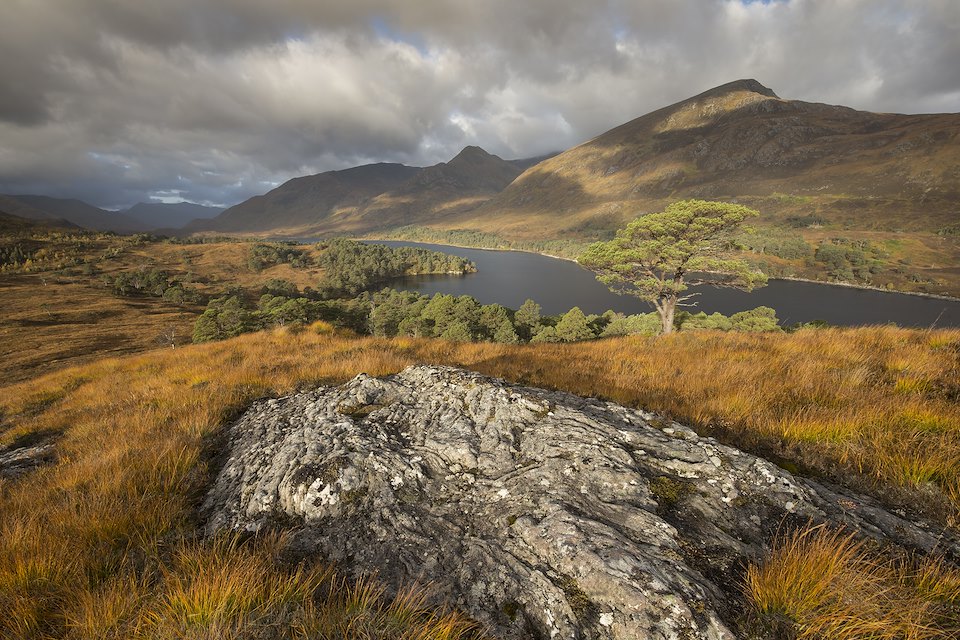
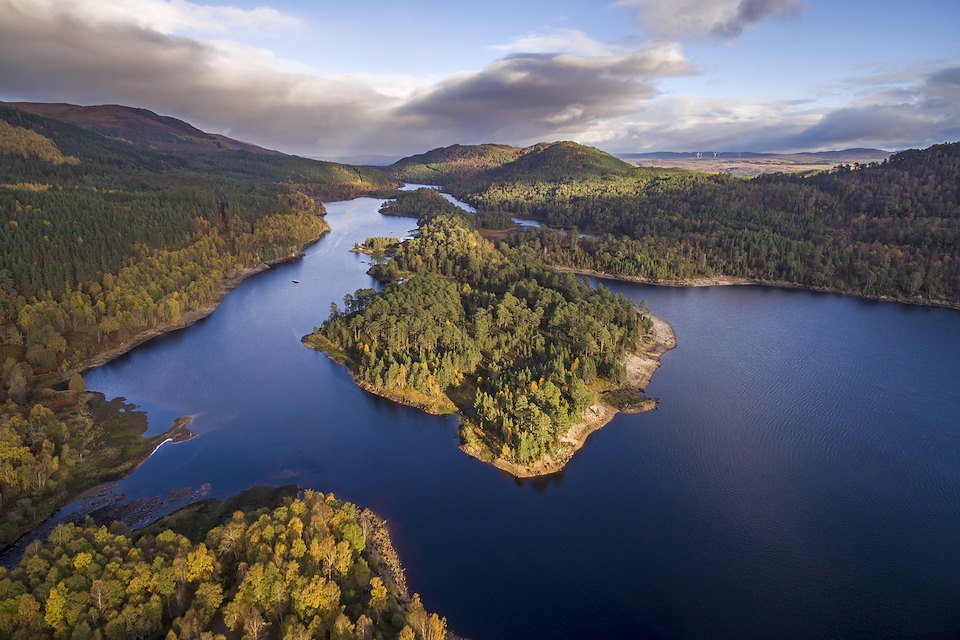
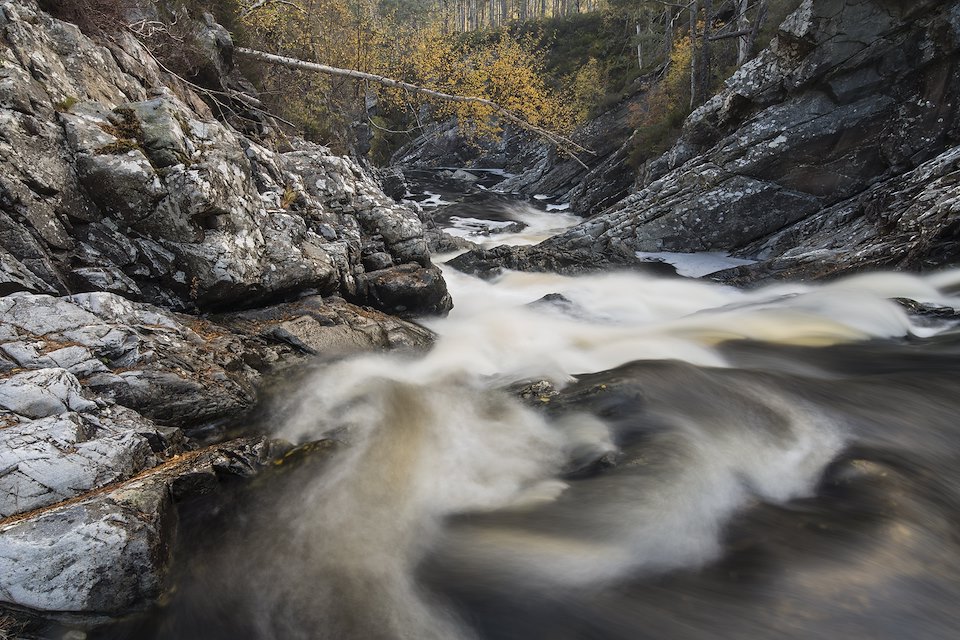
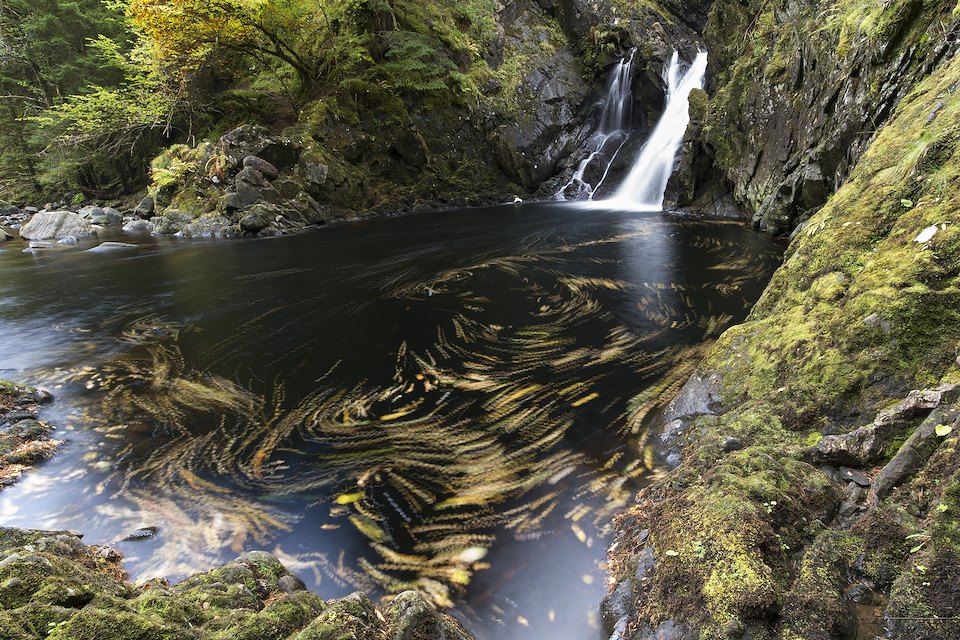
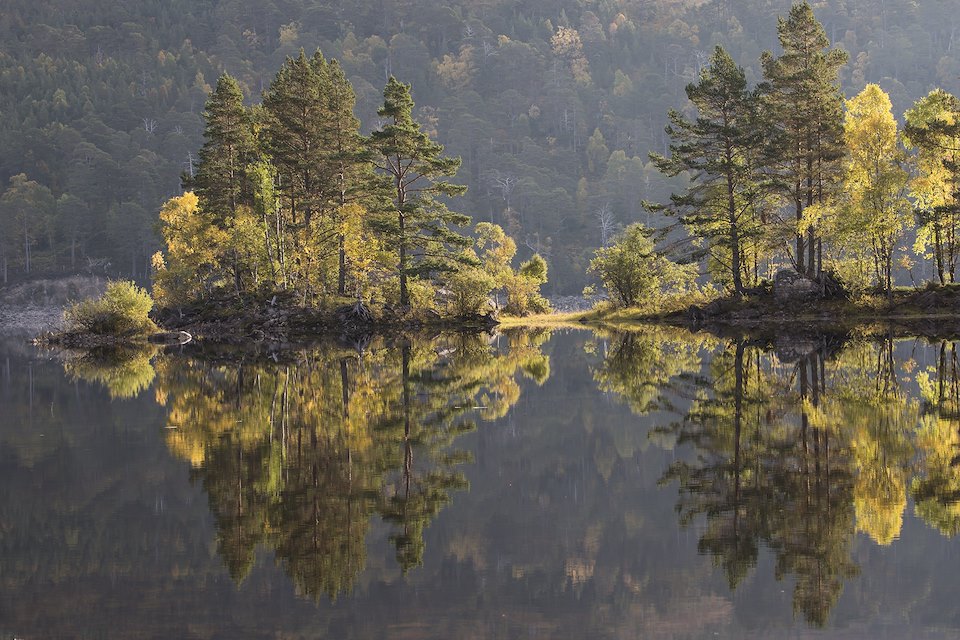
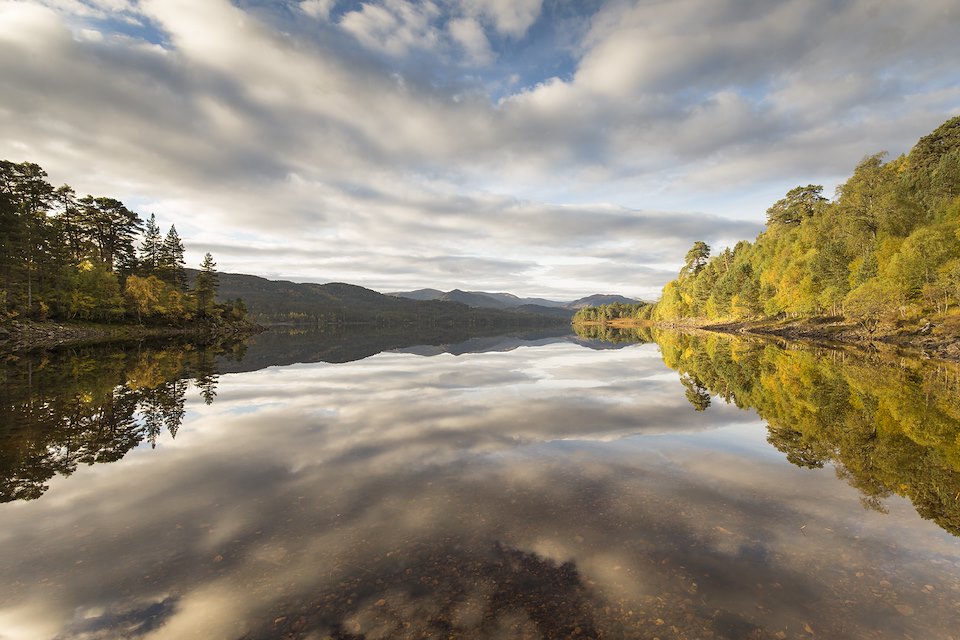
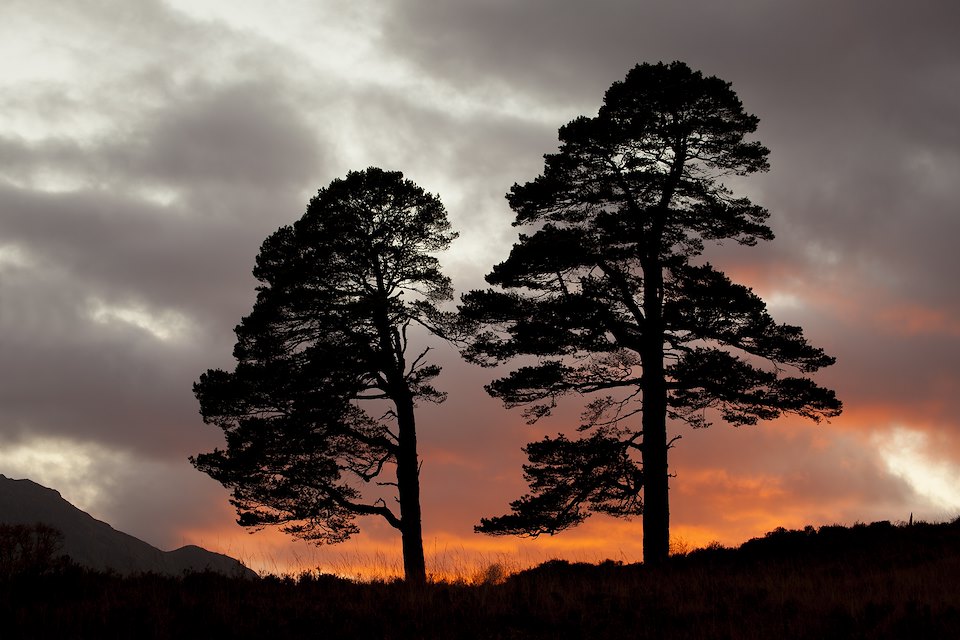
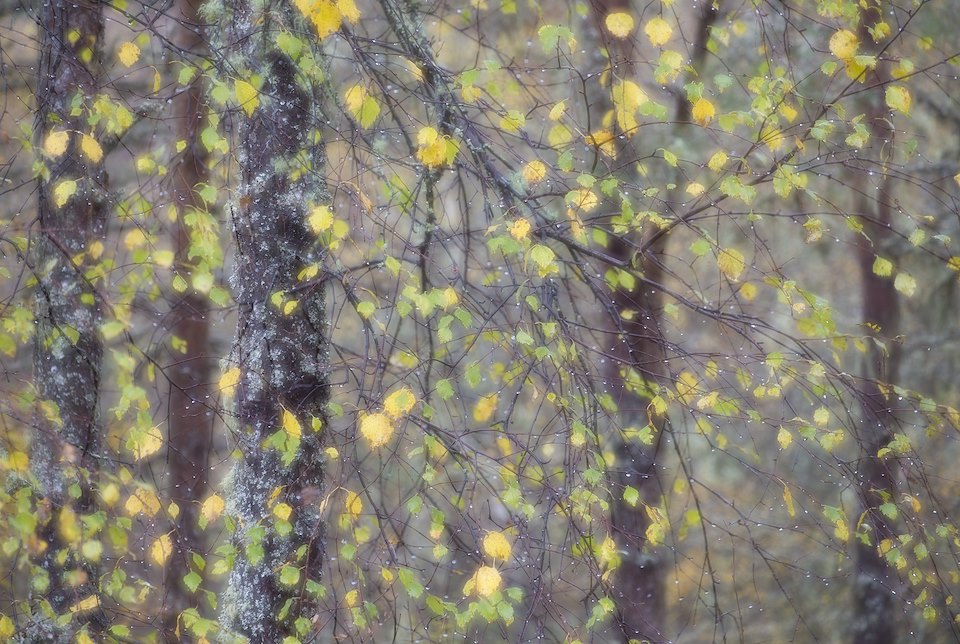
“The lack of woodland alongside the Calder could be a critical factor in it producing fewer young fish than it should do.”
Uprooting trees and literally dropping them into the river may seem an odd way to help fish, but this is becoming a widely recognised tool to mimic natural river processes that have been absent for centuries. The felled trees along with their root plates are strategically placed and then partially buried in the riverbed where they immediately impact on the flow of water creating gravel bars and deep pools, which historically would have been commonplace.
“We want to give the Calder a boost by reigniting natural river processes,” says Penny. “We can do that by planting native trees to reinstate the riparian woodland, but more immediately, we’re also using dead trees placed in the river channel to return nutrients to the water and help restore the type of gravels that the salmon need to breed, as well as providing refuge areas for juvenile fish.
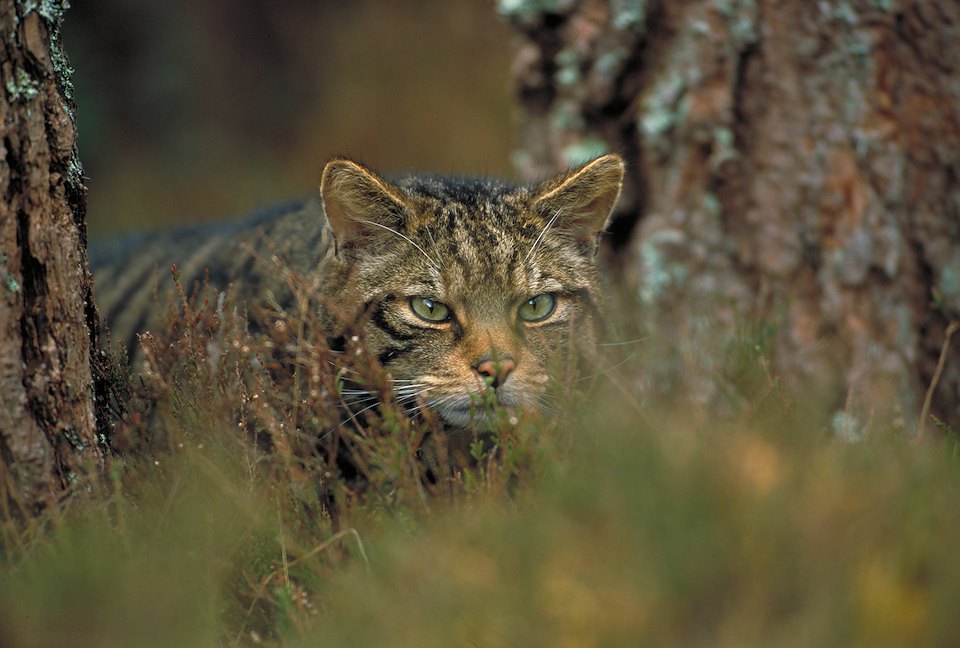
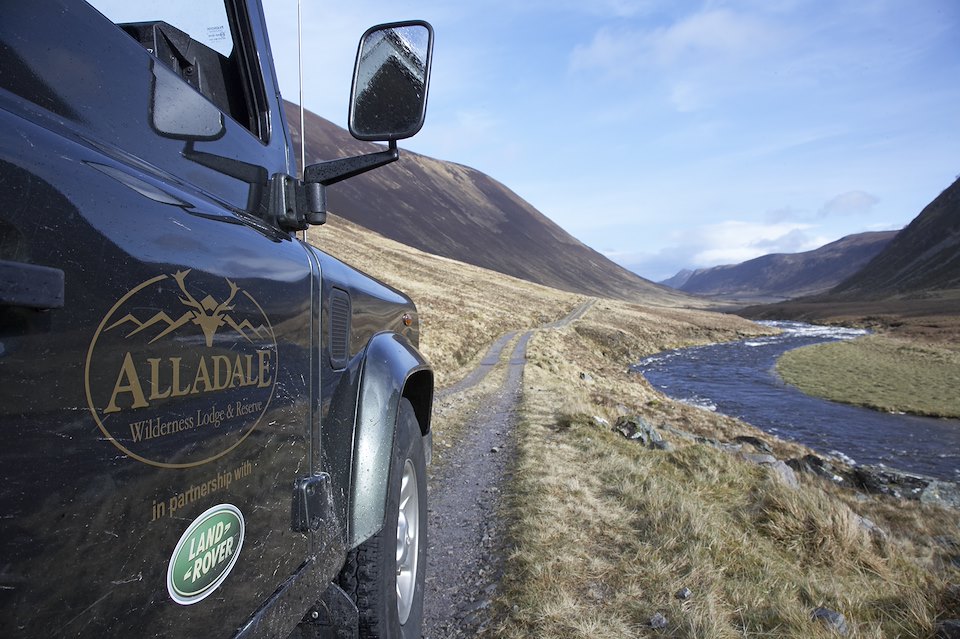
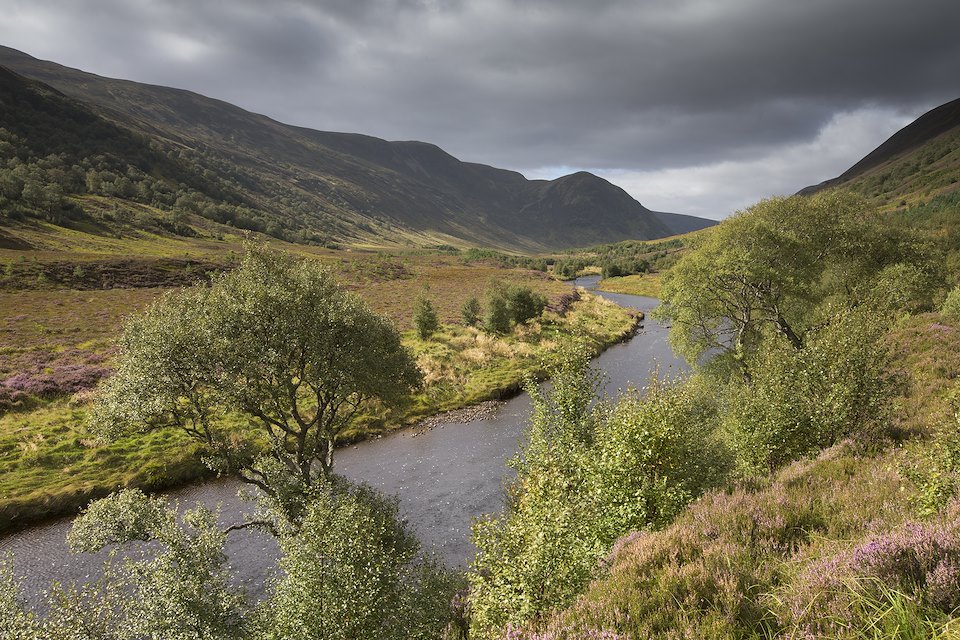
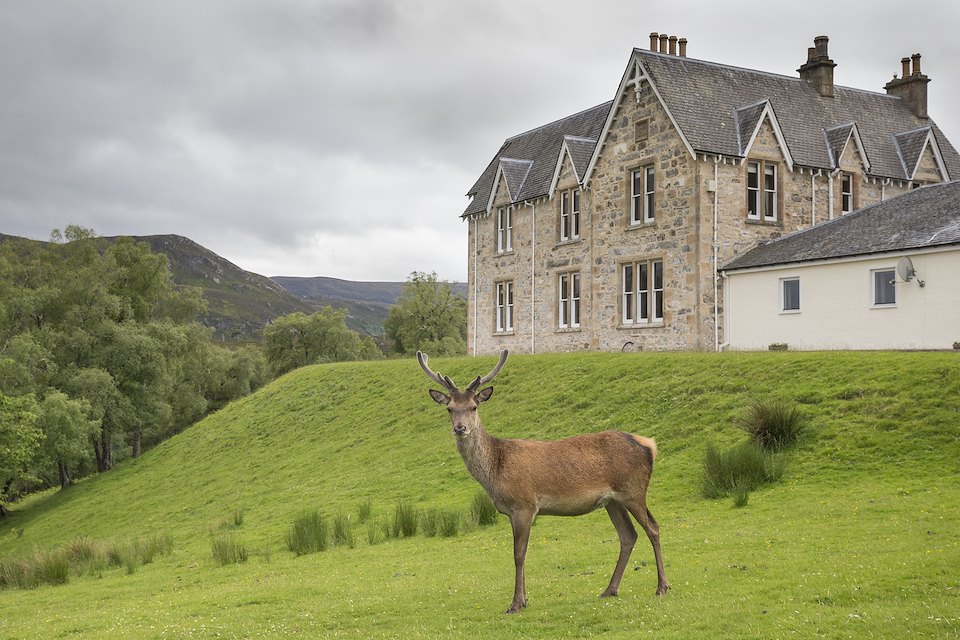
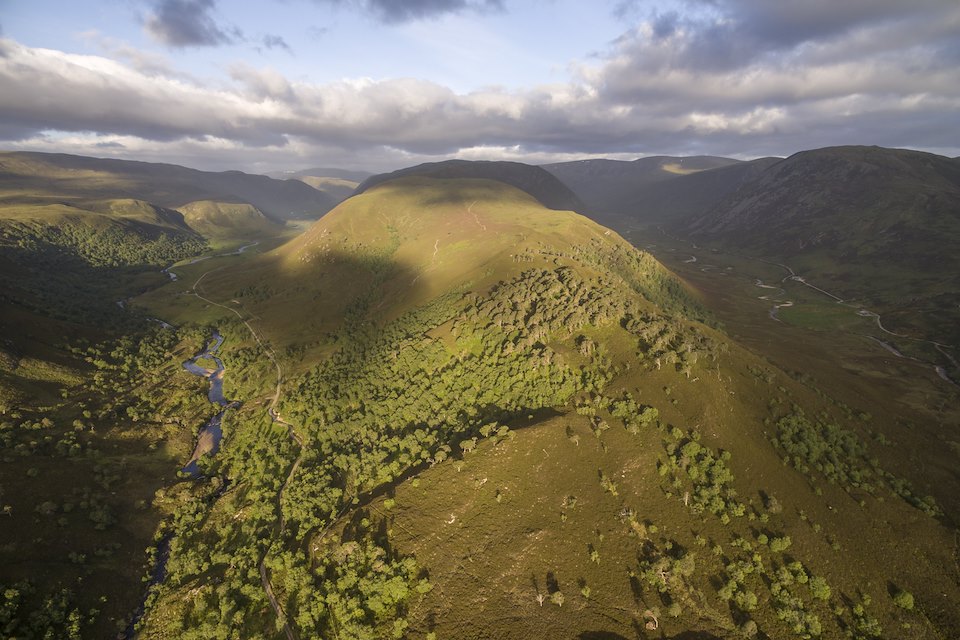
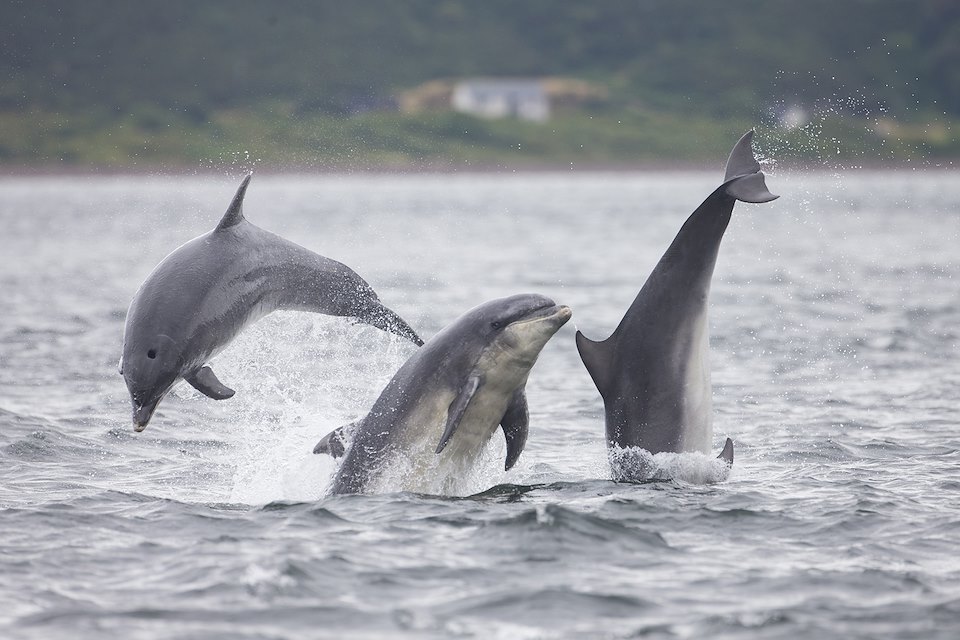
The ecological case for the re-naturalisation of the Calder is easily made, but engineering works on this scale need cooperation. “We’re lucky in Glen Banchor in that the landowners are very open-minded and want to see the Calder returned to optimum health. The catalyst for this particular work was declining salmon numbers but Glenbanchor Estate is also looking to overhaul their woodlands in the wider area including restructuring plantations, so we had a convenient supply of non-native conifers - it all fell perfectly into place.”

Working together and pooling skill sets is crucial in rolling out river restoration projects elsewhere in Scotland.
29 large structures of one or more trees are now firmly fixed in the river channel along a two kilometre stretch of the Calder and the riparian planting scheme is well underway. Penny is the first to concede that there is no guarantee of success, but with the experience of restoring another upland tributary eight years ago – the Allt Lorgy, near Carrbridge - the Spey Catchment Initiative can graphically illustrate the success of these techniques.
“Once the woody structures are bedded in and the new woodland planted, we should start to see improvements, but it does take time. Salmon face a range of threats outwith this river so all we can do is invest in the future health of the Calder.”
In the coming years, the Spey Fishery Board will be monitoring the river closely. Outcomes from restoration projects elsewhere have been hugely encouraging with significant increases in salmon and trout numbers. SCI sees the work on the Calder as both replicable and scalable. The acid test for anglers might be more frequent tight lines, but this is about so much more than salmon.
Restoring the ecological and geomorphological processes to Scotland’s river catchments will benefit a wide range of species from bats and bees to butterflies and even the threatened Freshwater pearl mussel. Moreover, when a river has to carve its way across an intricate channel laden with fallen trees, wooded gravel bars and boggy riverside pools, the landscape becomes a temporary sponge, holding onto water and ironing out the extreme peaks and troughs in water flow, and reducing the potential for both flooding and drought.
As the huge machines prepare to leave, the river looks barely different, but the seeds of change have been sown. In a decade or so, the roots of young trees will be binding the glacial soils of the Calder, their leaves returning nutrients to the water. In time, some will fall into the river, replacing the 29 that kickstarted the journey of recovery, a journey only possible through the combined efforts of many different people brought together by a shared vision of a wild river teeming with life.
The River Calder Restoration is managed by the Spey Catchment Initiative and funded by SEPA and NatureScot.

